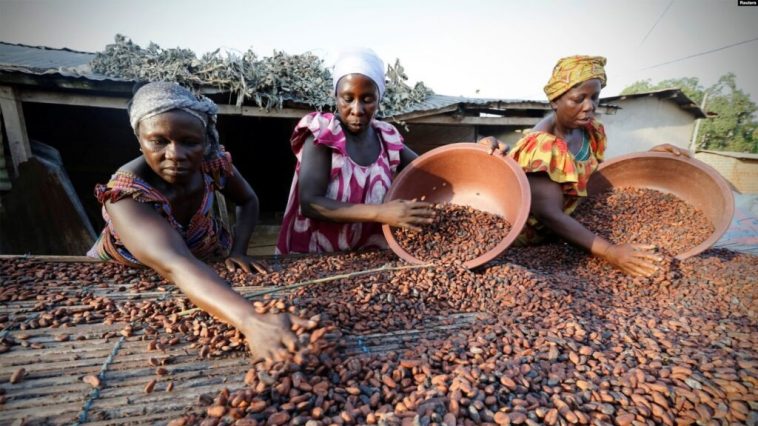Congolese farmers exported 770 tons of coffee in the first quarter of 2025, the Central Bank said in a note released in early September.
The sector relies on thousands of smallholders organized into cooperatives, mostly in the Kivu provinces. About 80 percent of production is robusta, with the remainder arabica.
According to some estimates, more than 70 percent of Congolese coffee leaves the country informally, routed to Uganda or Rwanda where “prices are more attractive”, the business outlet Zoom-Eco noted. That trend complicates statistical monitoring and limits the state’s ability to capture tax revenues.
A Marginal Player
With 11,563 tons exported in 2024, the DRC remains far behind the 11 million tons produced globally, led by Brazil (30 percent), Vietnam (17.7 percent) and Indonesia (6.8 percent). In 2023, Congo’s production was estimated at 327,000 bags of 60 kilos (about 20,000 tons), placing it around 25th worldwide.
According to the International Coffee Organization (ICO), the composite arabica indicator (I-CIP) reached 297 U.S. cents per pound in August 2025, a 14.6 percent increase from the previous month. The same period saw futures contracts jump nearly 30 percent, to $3.74 per pound, after the United States imposed a 50 percent tariff on Brazilian coffee.
That volatility comes on top of earlier gains: in 2024, arabica prices surged more than 70 percent, peaking at $4.39 per pound in early 2025 before stabilizing around $3.45 last summer.
M&B with Zoom-Eco

